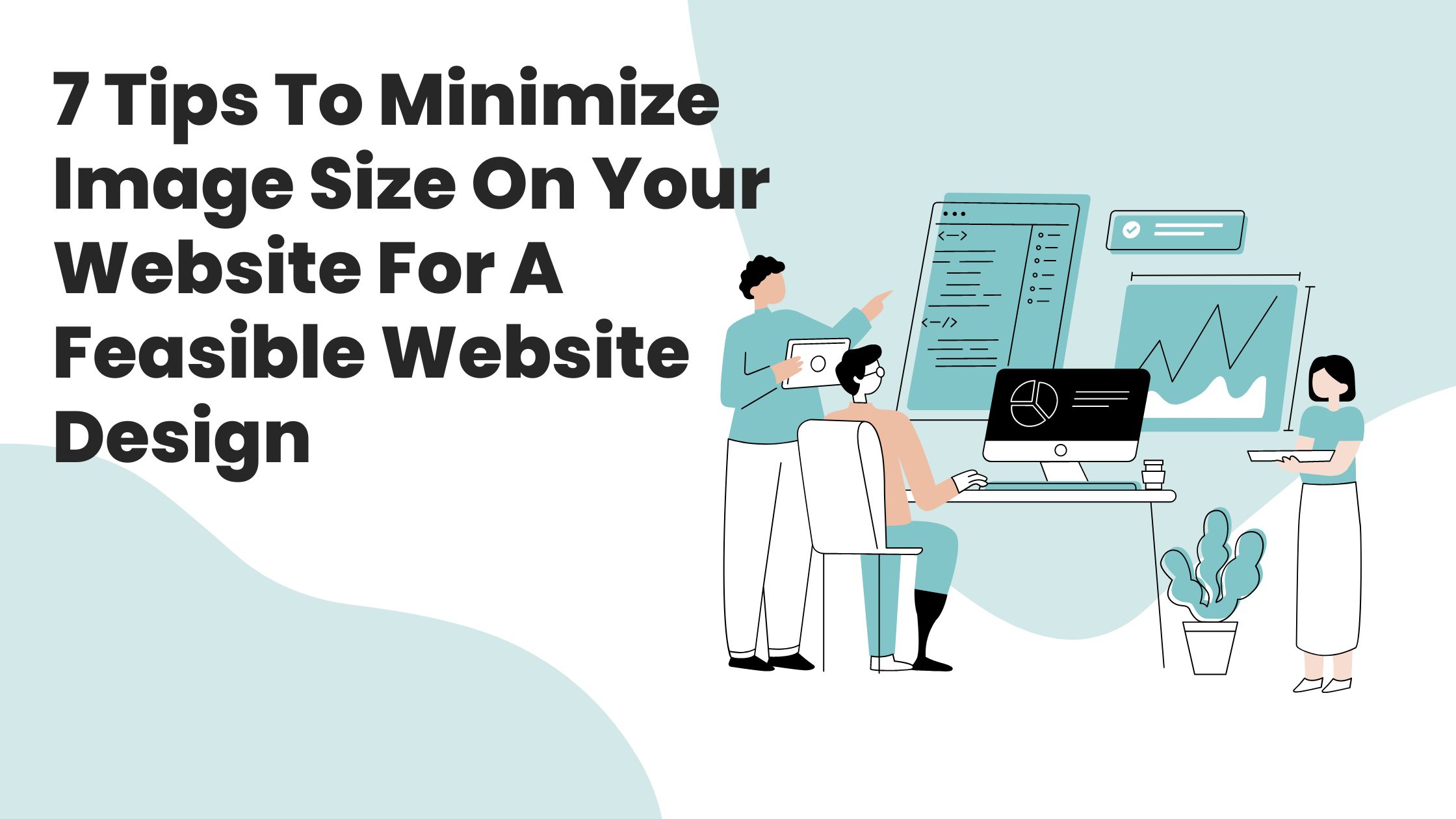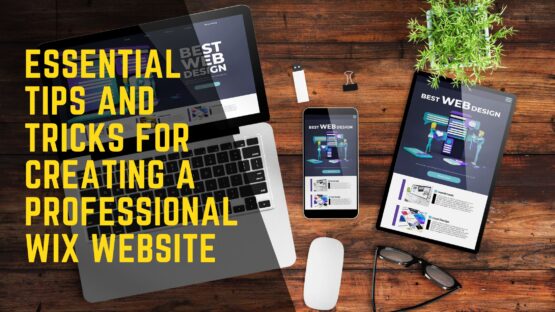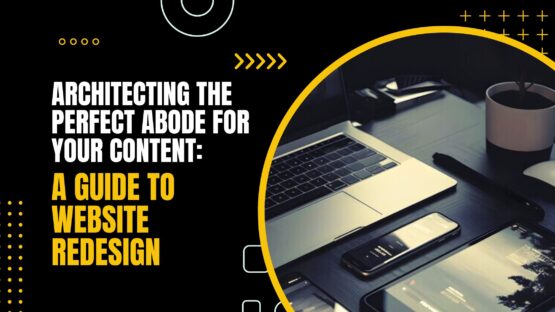There are many reasons you may want to minimize the size of your images on your website. Maybe you have a lot of them, and you’re concerned about slowing down the load times.
Maybe you’re concerned about file size and whether it will affect your search engine rankings, even if you follow Google’s best practices. Whatever the case may be, here are 7 tips recommended by a pro website design company to help you minimize image size on your website so you don’t have to worry about it anymore!
1) Keep images under 1MB
Images are important, but they can use up a lot of space. Here are a few tips to reduce image size and improve website performance:
- Use JPG instead of PNG for photos. Make sure your photo editor is set to the lowest possible compression setting when saving as JPG. For example, if you’re using Photoshop, choose Save As under File Menu, then select JPEG High (Quality) under Format Options in the pop-up window. This setting will offer the best balance between quality and file size. –
- You may choose to reduce colors in images by converting them to black and white or grayscale before you save them as JPEGs. This will make them easier to compress without losing detail or color quality.
- Remove unneeded parts of images, such as people and other objects. Photos with large empty spaces will take up a lot of space when saved as JPEGs. You can easily crop photos in your photo editing software before you save them.
2) Save photos in JPEG format
Always remember to save photos in JPEG format to decrease image size. This will make them smaller, and easier to upload to your website or email.
Be sure to save the original photo in a separate file too, so you can edit it later. After saving the photo, use an image editing software like Photoshop or GIMP and crop out any unnecessary parts of the image that are not vital for the message you are trying to convey.
3) Compress Photos Using Lightroom
The first step is to compress your image in Lightroom. Select the image you want and go to Develop on the top bar. On this screen, there will be a box with two tabs: Basic and Presets.
Click on Basic. Underneath that, you’ll see three options for compression: None, Medium, and Large. Select Medium or Large depending on the size of your photo. This will reduce the file size without sacrificing too much quality.
4) Use White Space Instead of Images
Images are a great way to illustrate your ideas and make your website come alive, but they can also significantly slow down the loading time.
You might not want to let this happen, so try using white space instead of images. This means that you use large blocks of text or other elements with plenty of space in between them. This will help your site load faster, and it will also make it easier for people who have slower internet connections or older computers.
5) Use CSS Sprites When Possible
One of the best ways to reduce the file size of images is to use CSS sprites.
Sprites allow you to attach multiple images together so that they can be loaded at the same time and only require one HTTP request. This reduces loading time as well as overall site load times. The downside is that it’s a more advanced technique, but there are plenty of tutorials available on how to do it yourself with free software programs like Photoshop or Gimp.
6) Reduce Excessive Detail in Images
If you have a photo that is taking up more space than it needs to and it’s not the focal point of your page, then consider reducing the level of detail in it. This can be done by cropping out unnecessary parts of the image, or by using a smaller resolution for the image.
If you need to reduce the file size of an image, try using a software such as Photoshop or Paint to scale down the image size. You can also use an online tool like TinyPNG to compress your images and reduce their file sizes.
7) Finally, always remember to add Alt Text & Alternate Text (for Search Engines, Accessibility, and Hover Effects)
Alt Text is a hidden, but very important part of images. When you upload an image to your website, you will be prompted for Alt Text and Alternate Text.
You should fill in both fields because Alt text can do many different things such as giving your image additional meaning for search engines or making it more accessible for those with poor vision and special needs. In addition, alternate text is useful when someone hovers their mouse over your images because they will get a description of what that image contains. If you are a WordPress user, make sure that under Settings>Media you have Alt tag and Description set to yes.




